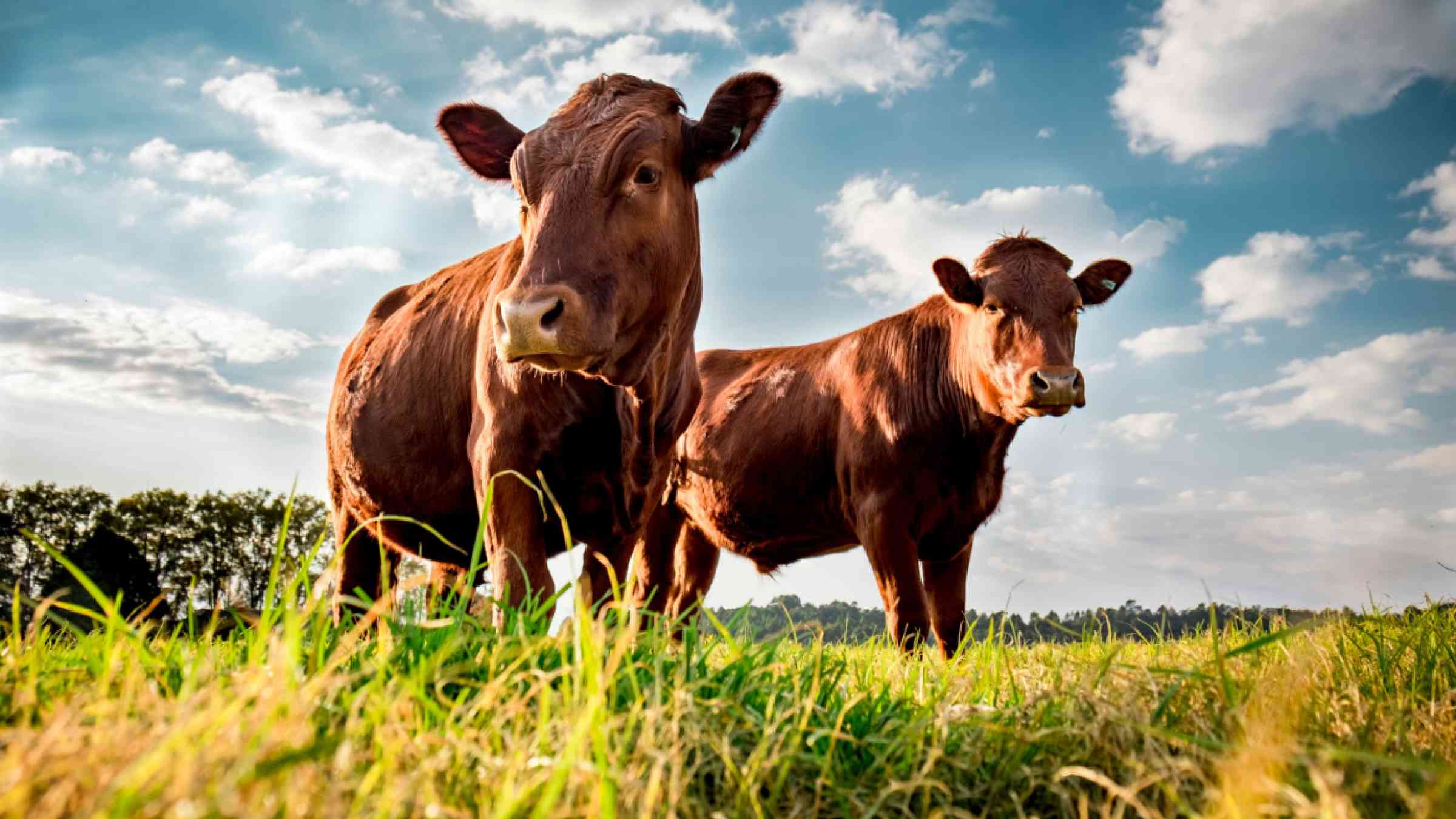Despite positive steps in British Columbia, animal welfare in disaster management remains overlooked

Disasters serve as focusing events, providing a “window of opportunity” to reassess practices, propose new policies and animate the human decisions that make communities vulnerable to climate-related disasters.
Elisabeth Stoddard, associate professor at Worcester Polytechnic Institute, and I set out to understand the relationship between animal agriculture and climate change. To do so, we focused on the impacts of disasters, alongside examining the common disaster management practices deployed in Canada, using the example of the Abbotsford Floods.
On Nov. 17, 2021, the Lower Mainland of British Columbia was inundated with atmospheric floodwaters resulting in the deaths of at least 500 cows, thousands of pigs and over a hundred thousand birds. The Abbotsford flood was the largest-ever agricultural and animal welfare disaster in B.C. history.
In 2023, the province announced the Emergency and Disaster Management Act that pivoted away from a response-based approach to one centred around four distinct phases: mitigation, preparedness, response and recovery. Despite updating the legislation, our research shows animal disaster management remains overlooked.
This research highlights the need for sustained civil engagement and legislative interventions on two key issues: 1) the nuances of animal rescue and welfare; and 2) the strained resiliency of agricultural communities.
Animal rescue and welfare
B.C. emergency management protocols give producers four options regarding farmed animals during disasters. Farmers can either a) shelter-in-place, b) relocate on-farm, c) evacuate off-farm or d) release their livestock. We also found that options were further restricted depending on the farmed species.
For example, to shelter-in-place often remains the only option for pigs, chickens and turkeys due to biosecurity concerns, logistical challenges and simple cost-benefit analysis from an agricultural perspective. Indeed, we found — through a Freedom of Information request — that most of the reimbursements for relocation distributed by the Livestock Relocation Policy went to dairy and beef producers.
Of those producers, many opted to evacuate their animals directly to an auction yard or abattoir due to the loss of rangeland or destroyed farm infrastructure.
These considerations are further complicated by the different production lifespans of various species. Long-term welfare impacts are mostly only relevant within dairy and beef production since on average, chickens only live around 40 days before slaughter — and pigs only around six months. By comparison, cows can live upwards of five years in production before slaughter — a fact which helps to partly explain the extreme disparity in water, land and energy costs in beef production as opposed to other animal products.
Studies show that cows rescued from floods have compromised immune systems, slower rates of growth, higher rates of miscarriages, and even increased methane emissions. These long-term impacts can lead to the eventual decision by producers to euthanize animals.
In fact, the 2021 Canada-British Columbia Flood Recovery Program for Food Security anticipated these continued losses and extended coverage for costs associated with post-disaster welfare and losses for an additional year.
This flags the need for transparency, and a mandatory reporting mechanism concerning post-disaster animal welfare to accurately represent the long-term repercussions of disasters.
Strained resiliency
Increasingly, disaster relief is becoming the responsibility of individual communities and civil society. However, these communities are often under-resourced, untrained and not integrated formally into emergency response.
Our research pointed to the oversized role agricultural communities have in responding to disasters, often leading to post-traumatic stress disorder and other psychological harms. There are also instances where producers will even decide to leave agricultural production entirely.
Many members of the Abbotsford community felt abandoned and exploited by the government after the floods, leading to resentment, frustration and mistrust towards formal emergency management.
While communities took pride in their ability to support each other with the limited resources they had, interviews and post-disaster research revealed the immediate and long-term impacts of this approach should be taken seriously, including acknowledging the barrier it creates for future collaboration between communities and emergency management.
It is essential that we build capacity in communities by supporting, resourcing, and legitimizing community-first responder models. In doing so, we can help communities and farmers gradually become integral aspects of formal emergency management systems as public safety volunteers.
Real change has yet to come
Following the floods, the Abbotsford municipal government focused on returning producers to production by restocking barns and drafting plans to improve flood-mitigation infrastructure. On the provincial side, the government has begun to update emergency legislation with its Emergency and Disaster Management Act.
These are important steps, but they fail to engage with the more thorny issues related to animal disaster management.
Our research shows the need for transparency regarding animal rescue and welfare issues, as well as mobilization around community-based solutions, such as by formalizing the community first-responder model and integrating it into official emergency management.
Without these critical interventions at the social and political level, we can continue to expect the same outcomes for communities living on the front lines of climate-fuelled disasters.
![]()